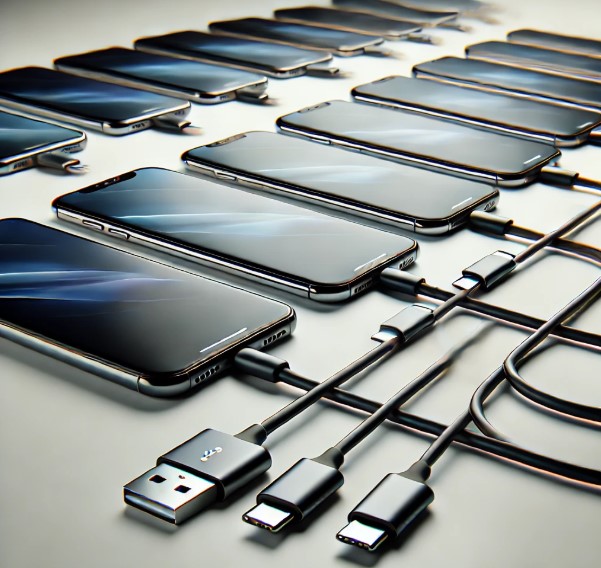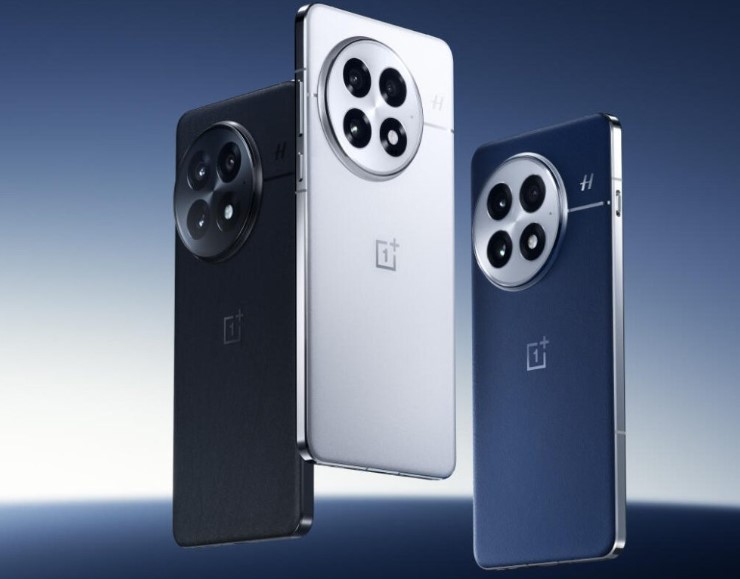The European Union has officially mandated USB-C ports for all small and medium-sized electronic devices, revolutionizing how we charge our gadgets. Starting December 28, 2024, every device sold in EU countries must include a USB-C port for charging, marking a major step toward uniformity and sustainability.

This regulation applies to an array of devices, including smartphones, tablets, headphones, e-readers, portable gaming consoles, and more, provided they use cables and operate at up to 100 watts. Consumers will also have the option to forgo chargers when purchasing new devices, a move aimed at curbing electronic waste and saving EU households approximately €250 million annually.
Laptop manufacturers have a slightly longer timeline, with compliance required by April 28, 2026. The initiative, approved in 2022, is a direct effort to reduce waste from discarded chargers, a significant issue in the tech-driven world.
Anna Cavazzini, Chair of the Committee on the Internal Market and Consumer Protection, hailed the measure, emphasizing its role in reducing “tons of waste” from obsolete chargers.
One of the most impacted players is Apple. With its proprietary Lightning port now obsolete in Europe, the tech giant has already begun transitioning to USB-C with the iPhone 15 and 16 series. However, older models like the iPhone 14 and iPhone SE, which still relied on Lightning, were pulled from European markets just before the rule came into effect.
This regulation simplifies the charging ecosystem for consumers, making USB-C the universal standard. It’s a win for sustainability and convenience, signaling a shift in how tech companies design their products. As other markets may adopt similar regulations, the EU’s USB-C mandate could set a global precedent, reshaping the future of device charging.


